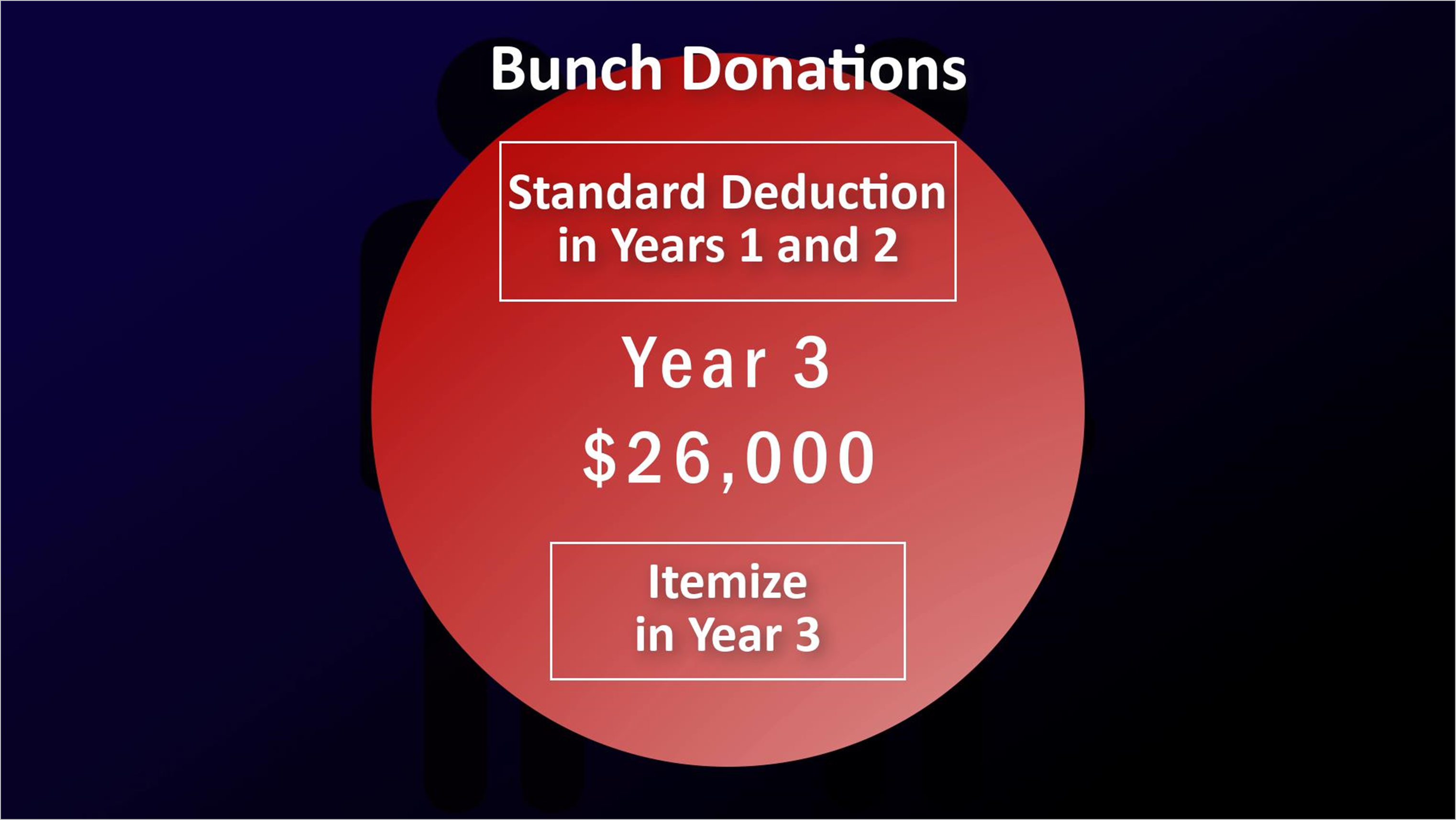By James J. Holtzman, CFP®, Legend Financial Advisors, Inc.®
Given that U.S. interest rates have been slowly increasing for the past two years, but have stabilized recently, Senior Floating Rate Bank Loans (they are also called Bank Loans or Leveraged Loans) make a lot of sense in the current environment of slowly rising interest rates or for that matter, stable interest rates. Why? Because their interest rate coupons, which are variable, adjust upward or downward in conjunction with interest rates rising and falling. Coupons usually adjust every 30 to 90 days, so at times there may be a slight lag in the interest rate adjustments.
In the immediate future, bank loan funds should perform well. These vehicles provide steady returns and safety except in recessions.
Senior Floating Rate Bank Loans are relatively shortand intermediate term loans (usually no more than 10 years to maturity) typically made to companies that have below-investment-grade credit ratings. The loans’ interest rates generally reset based on changes to an interest rate benchmark such as the London Interbank Offered Rate (LIBOR)—the rate at which banks loan each other money in the London wholesale money market. This resetting feature will usuallyhelp protect investors from the risk of rising interest rates.
In addition, investors, as holders of such loans, have a higher priority claim (“seniority”) on a borrower’s cash flows or assets than holders of conventional bonds. This means that if a company defaults on its loan obligations, and declares bankruptcy, these investors are higher on the list of creditors to be paid back. Hence, these are called senior loans. Finally, such bank loans are usually backed by collateralsuch as real estate, manufacturing plants, equipment, etc., which can help lenders recover up to all of their loans’ value in the event of a default.
Since Senior Floating Rate Bank Loans are typically made to companies whose credit rating is below investment-grade and carry relatively high credit risk, investors are paid a premium over the interest rate, or “yield” they would receive if they invested in higher rated bonds. This additional yield is provided to compensate investors for assuming a higher risk of default.
For a fixed-rate instrument like a conventional bond, the coupon rate does not change during the life of the bond, so a rise in prevailing interest rates can lower the value of the bond. For floating rate loans, the coupon rate is not fixed; it floats, as mentioned earlier,. Therefore, if the benchmark interest rate rises, the yield of a floating rate loan will reset accordingly, helping to preserve the value of the investment and allowing investors to benefit from higher interest rates. Since the market price of a loan plays a muted role in floating rate instruments, they tend to be less volatile on a day-to-day basis. Additionally, since interest rates have historically tended to rise in periods of rising inflation, investing in loans that are tied to benchmark interest rates may help offset the effects of inflation.
While all investments carry some degree of risk, Senior Floating Rate Bank Loans involve specific risks, (explained below), which investors should understand how the loans workbefore investing.
Credit risk is the risk that the borrower will default on its obligation to pay interest and repay principal. If a borrower defaults,a lender may lose money. If the borrower has posted collateral, loan issuers can seize and liquidate the collateral to recoup their investments. It is important to note that such collateral may be insufficient to pay the lender back completely, or could prove difficult to liquidate. Additionally, the courts may, in some cases, prevent liquidation of assets to satisfy debt obligations.
Another key difference between traditional bonds and senior floating rate bank loans is that when interest rates fall, prices of already-issued fixed rate debt securities (like bonds) generally rise, and vice versa. Due to the fact that interest rates on bank loans fluctuate,interest rate risk is not really of concern to bank loan investors. If interest rates fall (or rise), yields on bank loans will also fall (or rise), and there will typically be a more modest change or no change in the price of the loans. Senior Floating Rate Bank Loans’interest rates may not correlate to prevailing interest rates between the loans’ adjustment periods. That may cause the value of the loans to decline in the short run until the coupons adjust.
Though bank loans are not subject to the same interest rate risks as conventional bonds, the prices of loans may fluctuate due to “spread” risk. Spreads, which are determined by the market, are the additional interest rate premiums investors receive (versus a risk-free rate such as U.S. Treasuries) as compensation for assuming credit risk. If spreads change, the price of the loan will also change and the investor’s return will reflect current market rates.
Senior Floating Rate Bank Loans, of course, are not insured by the Federal Deposit Insurance Corporation (FDIC), or any other entity. Consequently, their value will fluctuate over time, and investors could lose principal.
In an environment of rising rates and inflation, owning Senior Floating Rate Bank Loans may help protect investors’ purchasing power—keep up with inflation(since such loans pay more income as interest rates rise), while seeking to maintain stable prices.
While interest rates may rise for these types of loans, they may increase to a point probably over 10.0% where some companies will begin defaulting on the loans. In short, interest rates that are too high on these loan types may be dangerous to investors’ capital.
COPYRIGHT 2019 LEGEND FINANCIAL ADVISORS, INC.®
REPRINTED WITH PERMISSION OF LEGEND FINANCIAL ADVISORS, INC.®





